Scientists at the Okinawa Institute of Science and Technology Graduate University (OIST) have developed technology that is in fact throwing light on certain smallest particles to detect their presence — and it is developed from tiny glass bubbles.
The technology is based on a unique physical phenomenon called the “whispering gallery,” described by physicist Lord Rayleigh (John William Strutt) in 1878 and named after an acoustic effect inside the dome of St Paul’s Cathedral in London. It was possible to clearly hear the whispers made at one side of the circular gallery at the opposite side. This is due to the travel of sound waves along the walls of the dome to the other side. This effect can be reproduced by light in a tiny glass sphere with a width just equal to the breadth a strand of hair, known as a Whispering Gallery Resonator (WGR).
Upon shining light into the sphere, it bounces around the inner surface again and again, forming an optical carousel. Photons that bounce along the inner surface of the tiny sphere can end up traveling for long distances, as long as 100 m at times. However, every time a photon gets bounced off the surface of the sphere, a small amount of light escapes. This leaking light forms a kind of aura around the sphere, called as an evanescent light field.
When nanoparticles enter the range of this field, its wavelength is distorted by them, thus effectively altering its color. Researchers can monitor these changes in color and use the WGRs as a sensor; earlier, different research teams used them to detect individual virus particles in solution, for instance. However, researchers at OIST’s Light-Matter Interactions Unit observed that enhancements to prior work can be made to develop even more sensitive designs. The research has been reported in the journal Optica.
Image Credit: OIST
News This Week
New mRNA therapy targets drug-resistant pneumonia
Bacteria that multiply on surfaces are a major headache in health care when they gain a foothold on, for example, implants or in catheters. Researchers at Chalmers University of Technology in Sweden have found [...]
Current Heart Health Guidelines Are Failing To Catch a Deadly Genetic Killer
New research reveals that standard screening misses most people with a common inherited cholesterol disorder. A Mayo Clinic study reports that current genetic screening guidelines overlook most people who have familial hypercholesterolemia, an inherited disorder that [...]
Scientists Identify the Evolutionary “Purpose” of Consciousness
Summary: Researchers at Ruhr University Bochum explore why consciousness evolved and why different species developed it in distinct ways. By comparing humans with birds, they show that complex awareness may arise through different neural architectures yet [...]
Novel mRNA therapy curbs antibiotic-resistant infections in preclinical lung models
Researchers at the Icahn School of Medicine at Mount Sinai and collaborators have reported early success with a novel mRNA-based therapy designed to combat antibiotic-resistant bacteria. The findings, published in Nature Biotechnology, show that in [...]
New skin-permeable polymer delivers insulin without needles
A breakthrough zwitterionic polymer slips through the skin’s toughest barriers, carrying insulin deep into tissue and normalizing blood sugar, offering patients a painless alternative to daily injections. A recent study published in the journal Nature examines [...]
Multifunctional Nanogels: A Breakthrough in Antibacterial Strategies
Antibiotic resistance is a growing concern - from human health to crop survival. A new study successfully uses nanogels to target and almost entirely inhibit the bacteria P. Aeruginosa. Recently published in Angewandte Chemie, the study [...]
Nanoflowers rejuvenate old and damaged human cells by replacing their mitochondria
Biomedical researchers at Texas A&M University may have discovered a way to stop or even reverse the decline of cellular energy production—a finding that could have revolutionary effects across medicine. Dr. Akhilesh K. Gaharwar [...]
The Stunning New Push to Protect the Invisible 99% of Life
Scientists worldwide have joined forces to build the first-ever roadmap for conserving Earth’s vast invisible majority—microbes. Their new IUCN Specialist Group reframes conservation by elevating microbial life to the same urgency as plants and [...]
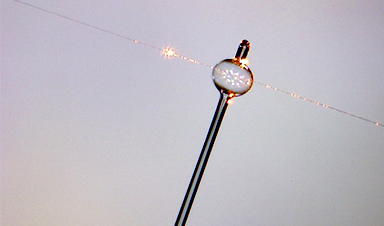







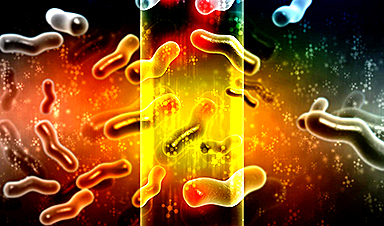
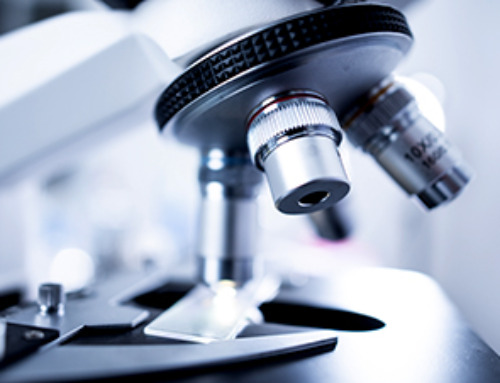
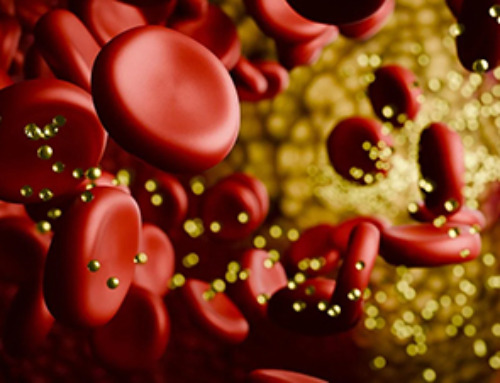
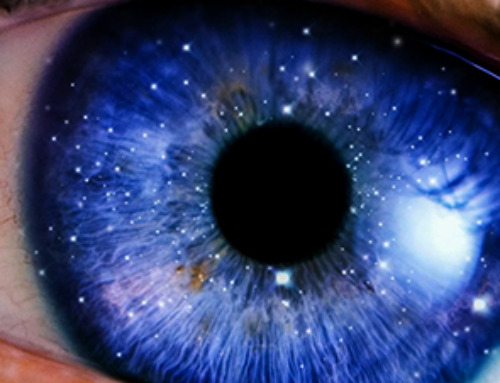
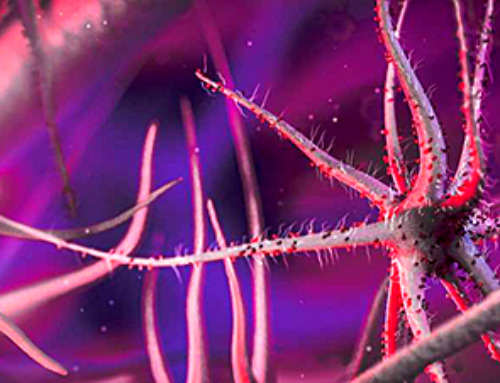

Leave A Comment